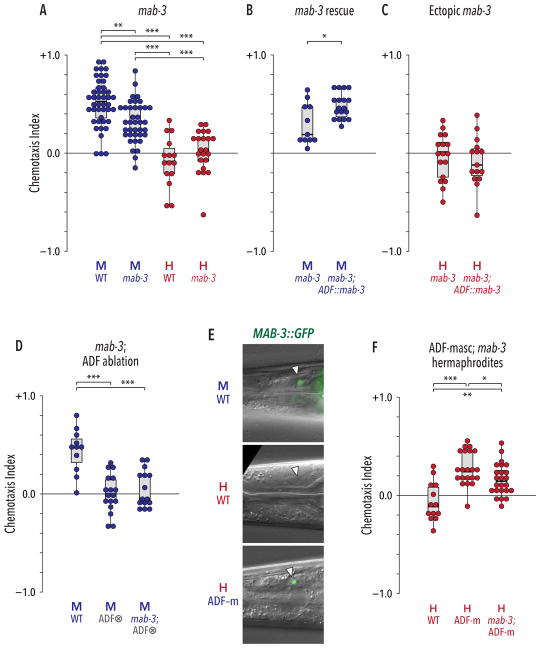Figure 4. The doublesex ortholog mab-3 acts downstream of tra-1 to cell-autonomously promote the male state of ADF.
(A) mab-3 mutant males had a reduced preference for ascr#3 compared to WT males, but loss of mab-3 had no detectable effect on hermaphrodite behavior. (B) ADF-specific expression of mab-3(+) (“ADF::mab-3”) rescued the behavioral defect of mab-3 males. (C) ADF-specific expression of mab-3(+) in hermaphrodites was not sufficient to generate pheromone attraction. (D) Loss of mab-3 did not further disrupt ascr#3 response when ADF was ablated. (E) MAB-3::GFP was expressed in ADF (white triangles) in WT adult males, but not in WT adult hermaphrodites. Genetic feminization of ADF was sufficient to activate ADF in hermaphrodites. (F) The effect of ADF masculinization on hermaphrodite behavior partially requires mab-3 function. All experiments in this figure were carried out with ascr#3 alone. In (A), (D), and (F), data were analyzed by Kruskal-Wallis tests followed by Dunn tests with Holm’s correction. In (B) and (C), Mann-Whitney tests were used. *p ≤ 0.05, **p ≤ 0.01, ***p ≤ 0.001. See also Figure S4.

